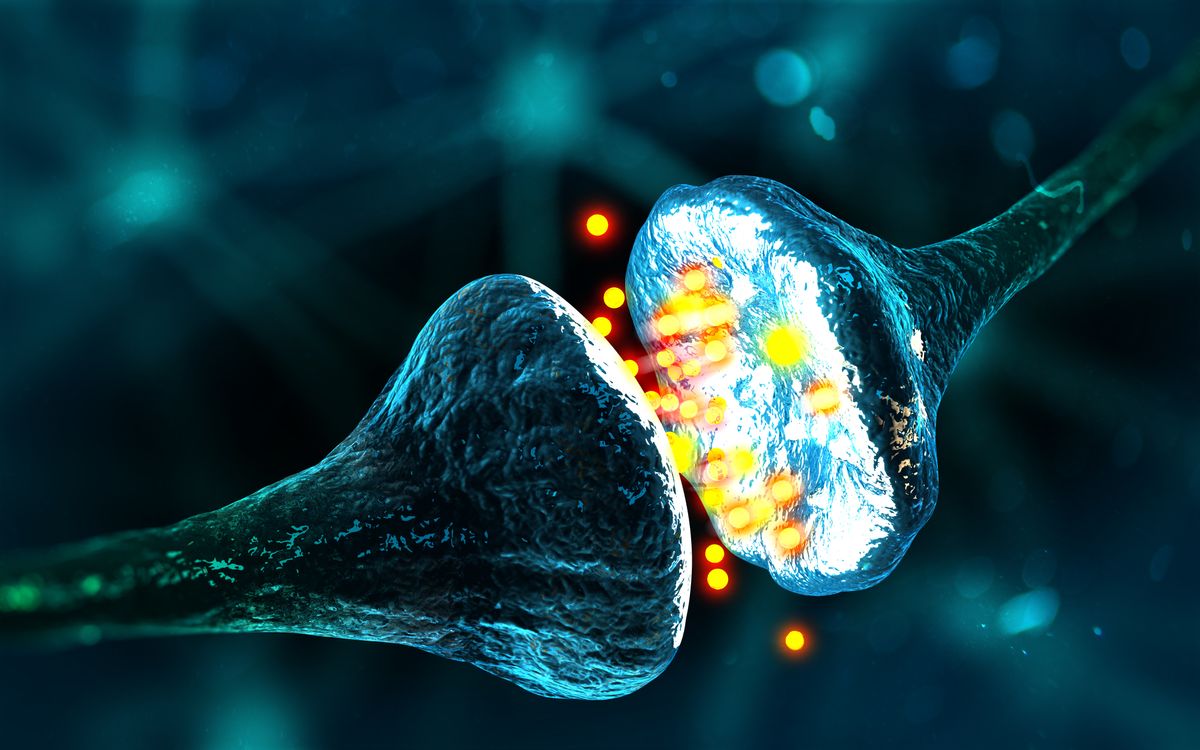- Aug 17, 2014
- 11,749
- Content source
- https://www.tomshardware.com/uk/news/photonic-chip-images
Scientists from the University of Pennsylvania claim to have designed a photonic chip which can recognize an image in under 0.57 nanoseconds (opens in new tab). The test chip was just 9.3mm square, and is said to be the first deep neural network implemented entirely on a scalable integrated photonic device.
It is worth emphasizing the sheer speed of image classification that the new photonics chip affords. If run continuously, the 0.57 nanosecond recognition time means the chip could classify a remarkable 1.75 billion images per second. In other words it is recognizing images at a rate of 1.75GHz.
Tom's Hardware reported on advances in optical chip and photonics technology on multiple occasions. This kind of technology is increasingly popular in super high-frequency applications where light-based components don't suffer from the resistance/heat problems that would affect traditional microelectronics with their wire interconnects. Thus we have seen photonic chip development examples cluster around solutions like high speed networking.
The scientists at the University of Pennsylvania are using both photonic technology and neural networks for their impressive image processing achievements. Traditionally, silicon chips like CPUs and GPUs have been used to process neural nets, and firms like Nvidia (opens in new tab) boast about the speeds at which their processors can run AI systems to recognize images (e.g. faces, objects), sounds, and video. However, the University of Pennsylvania scientists are the first to simulate neurons using an optical chip, with all the benefits this technology can deliver - such as very high speeds and low power consumption.

Prototype Photonic Chip Reportedly Classifies Nearly 2 Billion Images per Second
Chip uses photonic neurons and is under 1cm square in size.
